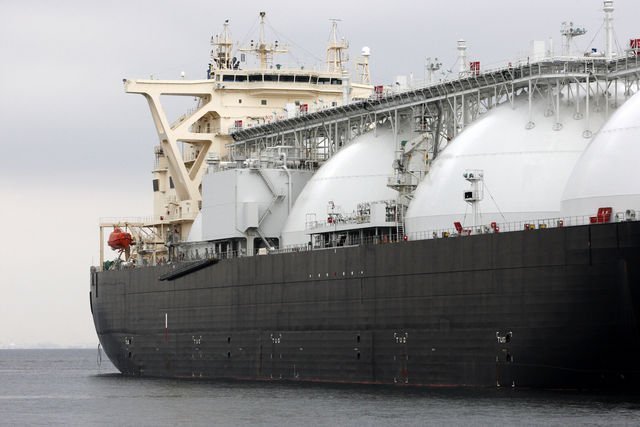

The depressed liquefied natural gas (LNG) carrier sector sees nearly 60 vessels, according to data from Clarksons Research.
In a striking sign of shifting market fundamentals, shipowners—particularly in South Korea—have begun sending older, less efficient LNG carriers to the scrapyards in increasing numbers.
According to leading shipbroker Clarksons, four LNG steam turbine ships were sold for demolition in the past week by two South Korean owners. These include two 135,000 cu m steam turbine vessels—Hyundai Aquapia and Hyundai Technopia—both built around the turn of the millennium. The ships were sold en bloc for recycling at a price of approximately $565 per light displacement ton (ldt), fetching roughly $19.2m each.
In a parallel deal, Hyundai LNG Shipping also sold HL Ras Laffan and HL Sur, both built in 2000, under similar terms.
All four vessels are now headed for dismantling in South Asia as part of a broader strategic withdrawal from aging, economically unviable tonnage.
With these additions, seven LNG carriers—totaling around 830,000 cu m—have been recycled in the first five months of 2025, nearing the full-year tally of eight vessels (960,000 cu m) in 2024.
Market observers suggest the uptick in recycling is driven by the widening performance gap between legacy steam turbine ships and modern, fuel-efficient two-stroke or tri-fuel diesel electric (TFDE) vessels. Older ships are increasingly struggling to compete in today’s spot market, where emissions regulations and fuel efficiency weigh heavily on chartering decisions.
At present, headline charter rates tell a stark story: TFDE LNG carriers are averaging about $15,000 a day, while newer two-stroke designs command closer to $30,000 a day, well below sustainable levels for many operators—particularly those holding aging tonnage.
The subdued demand is contributing to an accumulation of idle vessels. Nearly 60 LNG carriers are currently inactive, with some market sources indicating a portion may soon follow their older counterparts to the breakers.
The post Nearly 60 LNG carriers stand idle appeared first on Energy News Beat.
Energy News Beat
